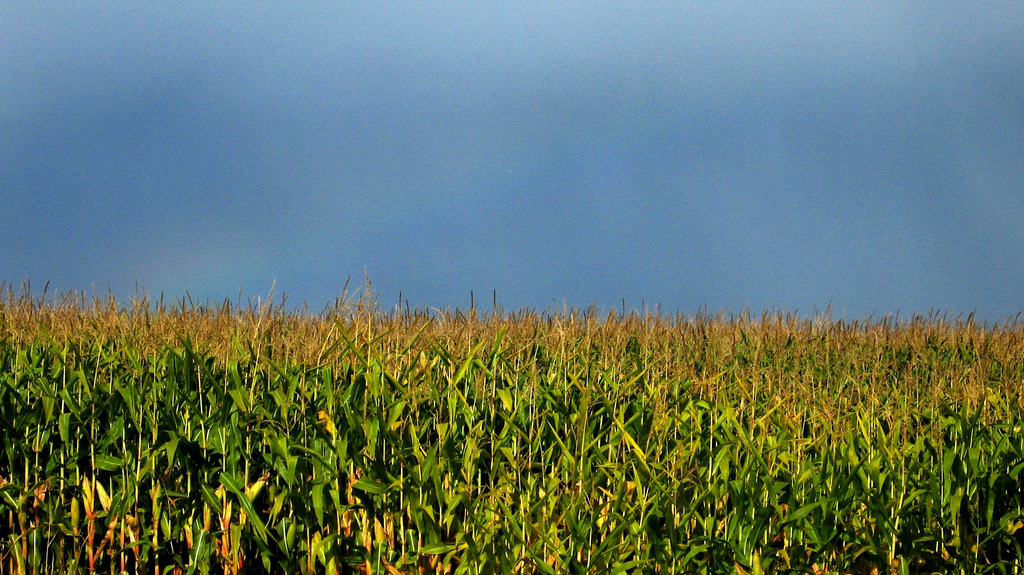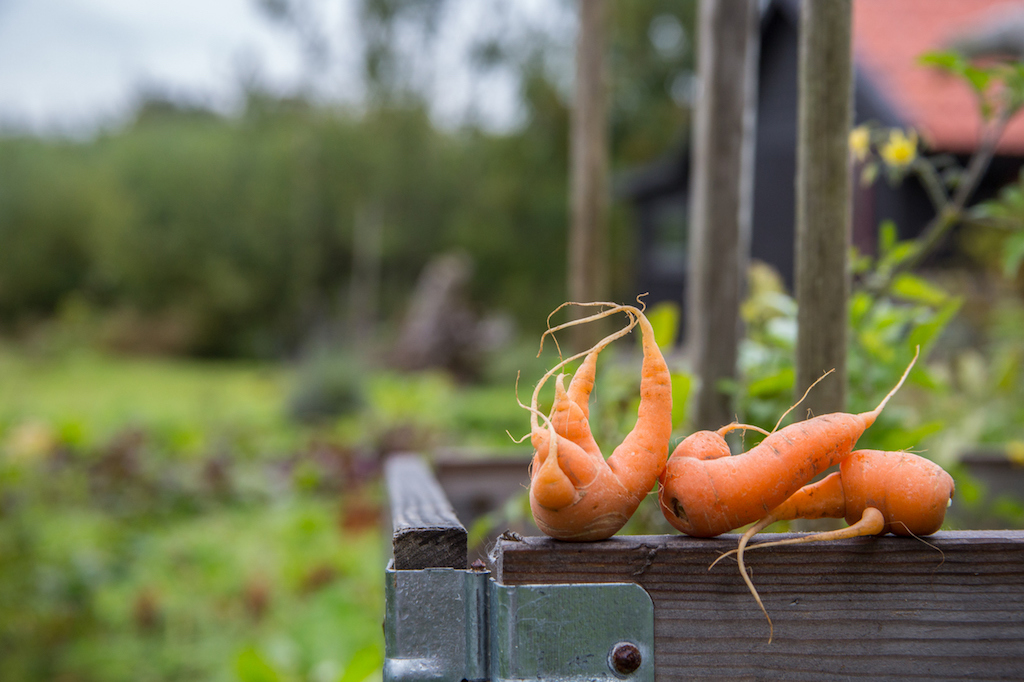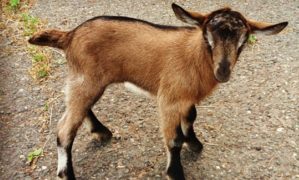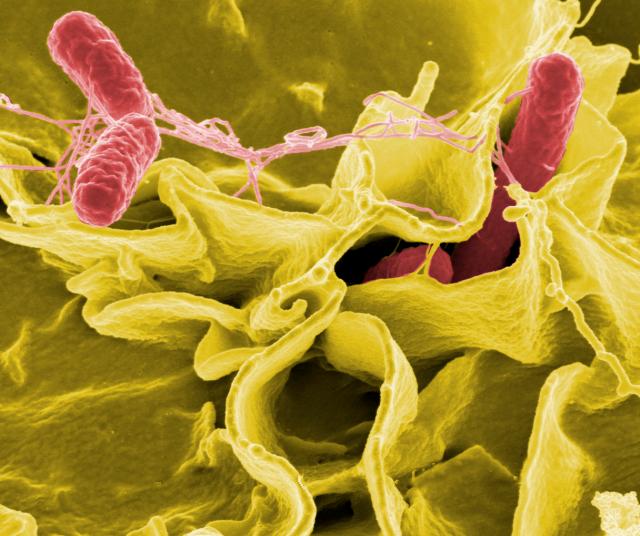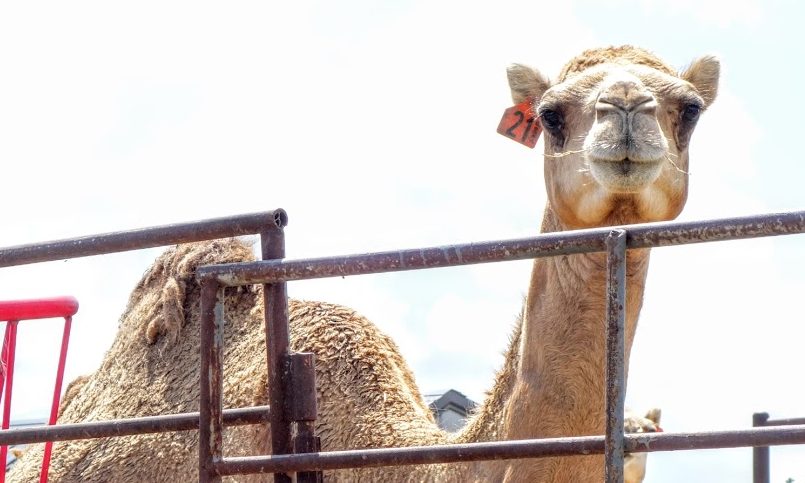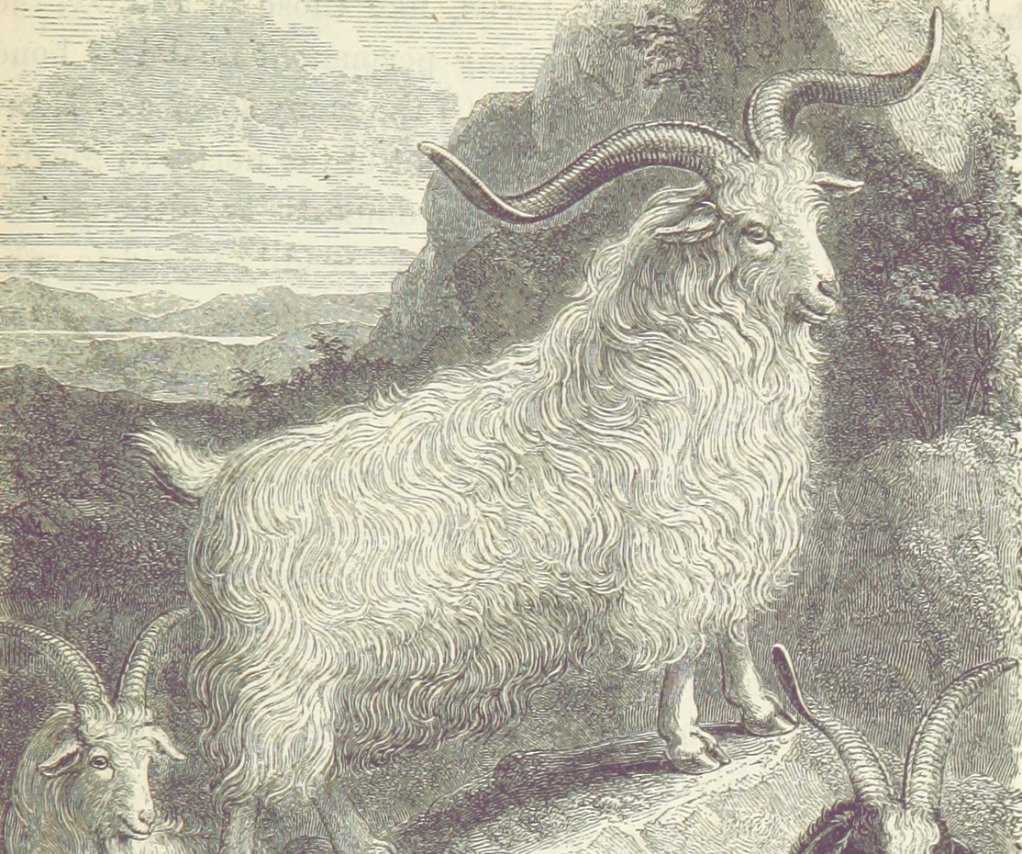
British Public Library
So you read our article about the unmet demand for goat meat in the United States, and now you want to raise goats for fun and profit. Well, not so fast–goat farming can be a good business, but only if you really know what you’re doing.
Perhaps no one knows goats better than Suzanne Gasparotto, owner and operator of Onion Creek Ranch in Lohn, Texas. Every October, she runs GoatCamp, a four-day crash course that explains the art and science of goat husbandry from kidding to slaughter. Gasparotto’s list of twenty koan-like goat truths, reprinted with permission from her website, demystifies the nature of an idiosyncratic creature. You still in? All photos courtesy of Onion Creek Ranch.
 1. Mortality and goats go together. Any species that has early sexual maturity, short gestation, and multiple births is going to have deaths — despite your efforts. Do your best and learn from your mistakes.
1. Mortality and goats go together. Any species that has early sexual maturity, short gestation, and multiple births is going to have deaths — despite your efforts. Do your best and learn from your mistakes.
2. Confined goats become unhealthy or dead goats. Goats need many acres to roam in order to stay worm- and disease-free. You cannot successfully feedlot goats; they can’t take the stress and crowding.
3. Unexpected problems will occur. Illnesses, weather problems, broken fences — when you raise goats, problems are going to occur at the most inconvenient time, when you are exhausted, and when you can least afford it.
4. Trying to breed for all markets generally results in failure in most markets. Unless you have lots of acreage, cheap labor, and a ton of money, you cannot produce quality breeding stock, show goats, and slaughter animals. Each category is a specific type of animal and mutually exclusive of each other. Select one as your focal point and “dabble” in the others—if you must.
5. If making the almighty dollar is your driving force, you are doomed from the start. Focus on quality animals and honest business dealings and the money will follow.
6. Show goat and meat goats are not the same animal. If you want to raise meat goats, don’t take nutrition or management advice from show-goat people. Don’t try to make show goats into breeding stock or commercial goats. Show goats are raised in a completely different manner than meat goats are.

7. Goats are not the tin-can-eating animals of Saturday-morning cartoon fame. Nutrition is the most complex part of raising goats. Rumens [the first of a goat’s four stomachs] are very easy to upset. Think in terms of “feeding the rumen, not the goat.” Have a qualified goat nutritionist review your specific needs and recommend a feeding program adapted specifically to your herd. Improper feeding kills goats.
8. If someone offers you cheap bred does in the dead of winter, you can be sure that the deal is too good to be true. The act of moving them cross-country under such conditions is enough to make this a bad investment. The best you can expect is sick does and dead kids. Goats need time to adapt to new surroundings. Use common sense when transporting and relocating them.
9. Goats are livestock—not humans, dogs, or cats. They live outside, having a distinct social pecking order, and beat the heck out of each other regularly to maintain this ranking. Goats are delightful and intelligent animals, but they weren’t created to live in the house with you. Lose the urbanite approach to raising goats.
10. A goat with a big rumen is not necessarily fat. A big rumen is indicative of a good digestive factory. A goat is a ruminant and a ruminant is a pot-bellied animal. Fat on a goat layers around internal organs and also forms “pones” or “handles” that you can grab with your fingers at locations like where the chest meets the front leg. If you can pinch an inch of flesh at that point, the goat is likely fat. A light layer of subcutaneous fat over the ribs is essential.
11. Goats are NOT “little cattle.” Goats and cattle are ruminants and there the similarity ends. Think of goats as *first cousins* to deer in terms of how they live, roam, and forage for food.
12. Goats are linear thinkers. The shortest distance between two points to a goat is a straight line. If you place a gate at the north end of the pasture and the home pens are south, goats are going to stand at the south end of the pasture until you have the sense to cut a gate there. If water is on the immediate other side of the fence, goats will not walk down and around the fence to get to the water. It’s ‘right over there,’ so they’ll stand in one place until you show them how to access the water or until they die of thirst. Cut a gate for easy access and save yourself some grief. Learn to think like a goat.
13. A male goat has only one purpose in life—to reproduce his species in general and his lineage in particular. A buck in rut is a dangerous animal. He may have been cute when you were bottle-feeding him, but he is a male on a mission when does are in heat — and you are in his way. Be careful around and always respect the danger potential of breeding bucks.
14. Bred does will kid in the worst possible weather. When sunshine changes to storms and the temperature drops below freezing, the kidding process will begin.
15. Bottle babies are a pain in the rear. Delightfully cute as they are, they grow up to be adults that are poorly socialized within the herd, overly-dependent upon humans, and usually at the bottom of the herd’s pecking order. Do everything you can—short of destroying a kid—to avoid bottle babies.

16. Goats are creatures of habit. If you have a goat that repeatedly hangs its horns in fencing, that goat will stick its head in the same place time after time until you fit the horns with a PVC pipe secured by duct tape. The grass is always greener on the other side of the fence.
17. Goats are HERD animals. More so than any other livestock, goats depend upon staying together for safety. They have few natural defenses and many predators.
18. There is no such thing as a “disease-free” herd. There isn’t a goat alive that doesn’t have something that could be deemed disease in its system. The immune system requires a certain level of bacteria, worms, and coccidia in order to keep the goat healthy. No producer can guarantee totally “disease-free” animals. When raising livestock, disease is a fact of life. You are never “in control” to the extent that you want to be or think you are.
19. Goats are the “Houdinis” of the fence world. If a goat can get its head through the fence, the body is going to follow. Goats do not naturally have a “reverse gear.” Fencing material designed especially for goats is a must.
20. Cull or cope with your creation. Goats that are repeatedly sick, are overly susceptible to worms and coccidiosis, have chronic mastitis or foot rot/scald—such animals should be culled and sold for food. Their line should not be perpetuated. Sell the best for breeding stock and eat the rest.



